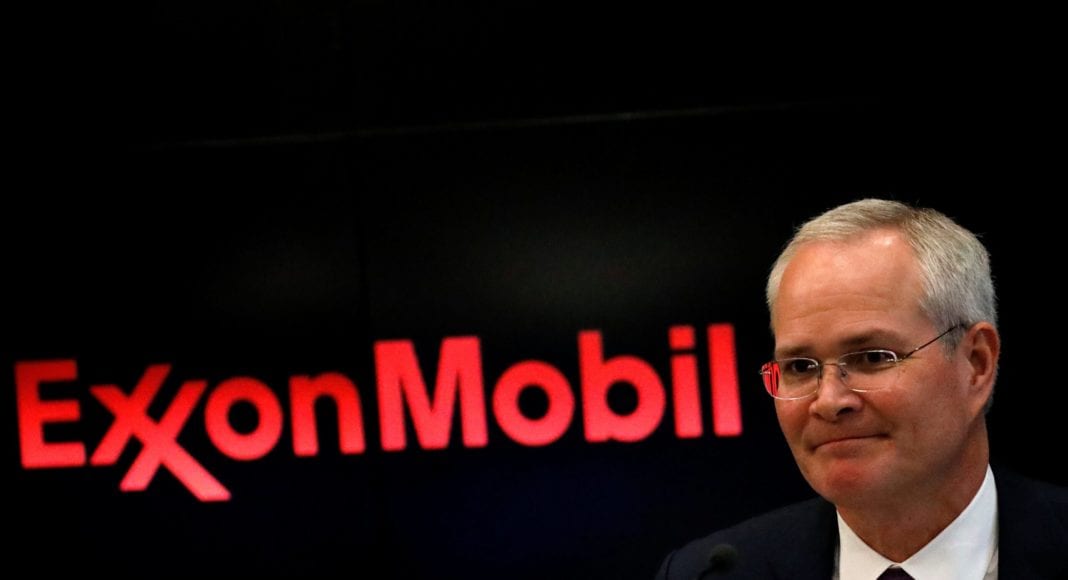ExxonMobil says that growth in Guyana’s Stabroek Block and the Permian basin is expected to propel daily production to 3.8 million oil-equivalent barrels. By 2027, the company predicts daily production to hit 4.2 million oil-equivalent barrels. This is according to information contained in its Corporate Plan published in December 2023.
“By any measure, our plans have and will continue to deliver exceptional value,” said Darren Woods, Chairman and Chief Executive Officer. “We remain committed to providing the energy and products that raise living standards around the world while building a new business to reduce emissions in hard-to-decarbonize parts of the economy. ExxonMobil is uniquely equipped to do both, and we’re confident that both present significant opportunities for profitable growth.”
Total production from Guyana’s three developments – Liza 1, Liza 2 and Payara – averaged 500,000 barrels per day by the end of November. Data for December has not been released. The Stabroek Block’s increasing production has seen it move from 27.2 million barrels in 2020 to 101.3 million barrels in 2022. So far in 2023, production totaled approximately 126 million barrels by the end of November.
Exxon said it intends to deliver US$6 billion in additional structural cost reductions by the end of 2027, bringing the total structural cost savings to approximately US$15 billion versus 2019. The company noted that opportunities from consolidating value chains and centralizing key activities including maintenance, supply chain, procurement, order to cash, financial reporting, planning and analysis, and trading will enable further “efficiency and execution effectiveness.”
Guyana, Permian continue to boost Exxon’s earnings | OilNOW
Exxon said its upstream earnings potential is on track to more than double by 2027 versus 2019, resulting from investments in high-return, low-cost-of-supply projects.
“Over the next five years, approximately 90% of the company’s planned Upstream capital investments in new oil and flowing gas production are expected to generate returns greater than 10% at a Brent price of US$35 per barrel of oil,” Exxon said.
The company said it has made good progress executing its plan to reduce Upstream operated greenhouse gas emissions intensity by 40% to 50% by 2030, compared with 2016 levels, having already achieved approximately half of this planned reduction.



